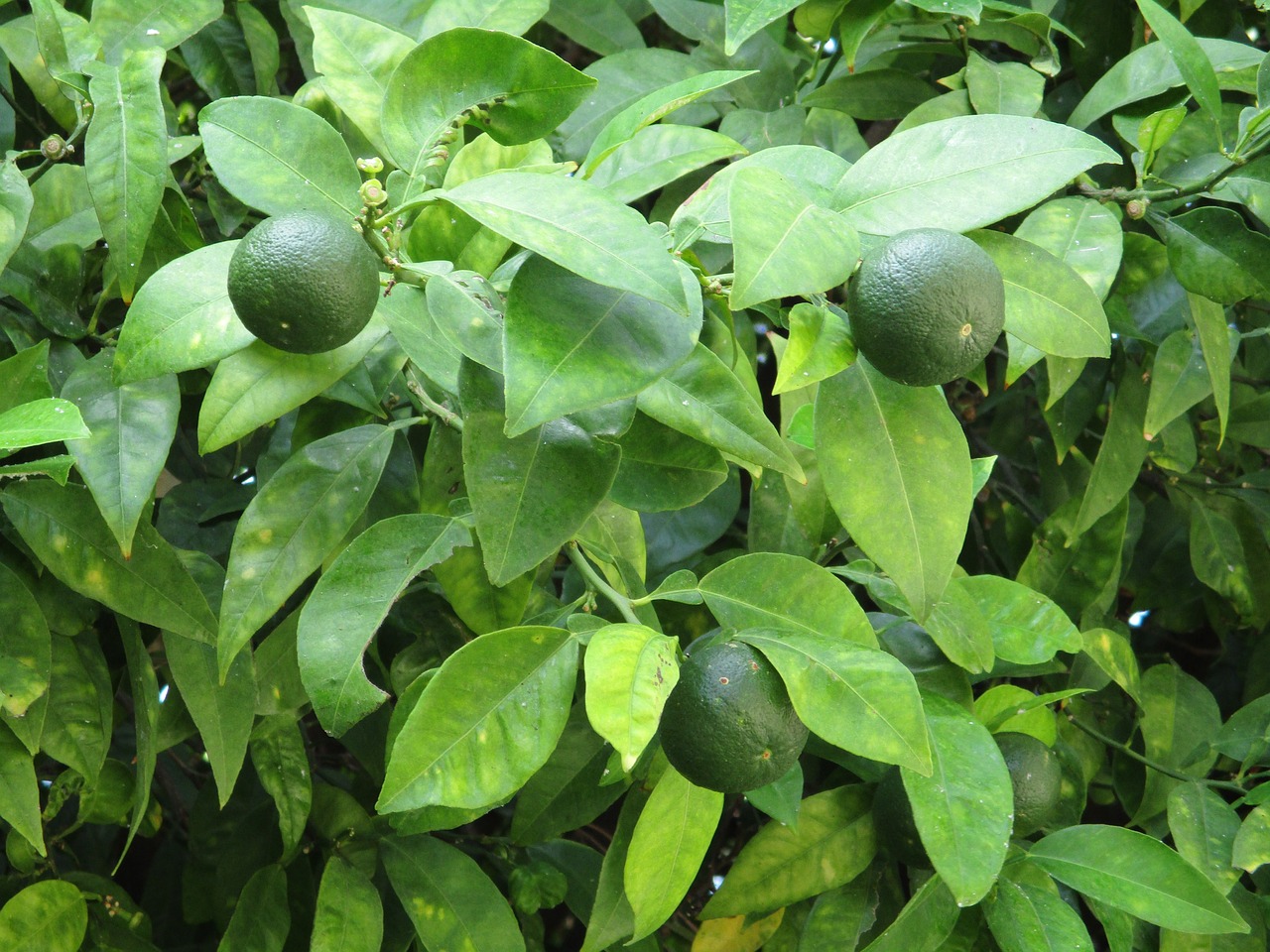Lime trees, beloved for their refreshing citrus fruit, are a popular choice among homeowners and garden enthusiasts. From dwarf varieties fit for compact gardens to larger versions enhancing landscapes, lime trees offer versatility and value. This article explores the significant aspect of “How Big Do Lime Trees Get,” discussing size, environmental factors, proper care, and maintenance that influence growth.
Lime trees, depending on the variety and growing conditions, can reach heights between 6 to 20 feet. Smaller varieties like dwarf lime trees typically grow 6 to 10 feet tall, while larger standard lime trees can achieve heights of 13 to 20 feet. The tree’s spread can range from 4 to 12 feet. However, these dimensions can be influenced by environmental factors and care practices.
1. Overview of Lime Trees
What are Lime Trees?
Lime trees are part of the Rutaceae family and belong to the Citrus genus. This tropical and subtropical fruit tree is renowned for its tart, flavorful fruit, used widely in culinary applications, beverages, and more. There are several varieties of lime trees, each with distinct characteristics, including size.
Characteristics of Lime Trees
Lime trees have glossy, dark green leaves, fragrant flowers, and produce small green citrus fruits. They are evergreen, keeping their foliage all year round. The fruit’s ripening period varies depending on the specific variety of lime tree.
Types of Lime Trees
There are several types of lime trees, including Key lime (Citrus aurantifolia), Persian lime (Citrus latifolia), and Kaffir lime (Citrus hystrix), among others. Each type varies in size, fruit production, and care requirements.
2. Understanding Lime Tree Size
Average Size of Lime Trees
The size of a lime tree largely depends on its type. A standard Persian lime tree, for instance, can reach up to 20 feet in height, while a dwarf variety of the same species might only grow to be 6 to 10 feet tall.
Factors Influencing Lime Tree Size
Several factors can influence “How Big Do Lime Trees Get.” These include the tree’s genetic makeup, environmental factors such as light, temperature, and soil quality, and the care given, including watering, fertilizing, and pruning.
Size of Lime Trees in Containers
Lime trees grown in containers typically stay smaller than those grown in the ground. A lime tree in a pot can restrict root growth, limiting the overall size of the tree. However, container growth allows for better control over the tree’s size, making it an excellent choice for limited spaces.
3. Growing Conditions for Lime Trees
Optimal Environment for Lime Tree Growth
Lime trees thrive in warm, sunny locations with well-draining soil. They are sensitive to frost and should be protected during cold temperatures. An optimal pH for lime tree soil is slightly acidic, between 6.0 and 7.5.
Role of Water and Nutrition in Lime Tree Growth
Proper watering and nutrition are vital for the healthy growth of a lime tree. They prefer deep watering less frequently over shallow watering more often. Moreover, a balanced citrus fertilizer can support their nutritional needs, promoting growth and fruit production.
Impact of Pruning on Lime Tree Size
Pruning not only influences the size but also the shape of a lime tree. Regular pruning helps maintain a manageable size, especially for trees grown in containers. It also encourages bushier growth and better fruit yield.
4. Caring for Lime Trees
Watering Lime Trees
Water lime trees deeply until the water drains out the bottom, then let the top few inches of soil dry out before watering again. Overwatering can lead to root rot, a common issue with citrus trees.
Feeding Lime Trees
Lime trees require feeding throughout the growing season. A slow-release citrus fertilizer applied in spring, summer, and early fall will provide the necessary nutrients for healthy growth and fruit production.
Pruning Lime Trees
Prune lime trees annually to maintain their shape and size. Remove dead or diseased branches, suckers from the base, and inward-growing branches to open up the tree’s canopy, enhancing light and air circulation.
5. Common Problems with Lime Trees
Diseases Affecting Lime Trees
Common diseases that can affect lime trees include citrus canker, citrus scab, and root rot. Implementing good cultural practices such as proper watering, feeding, and pruning can help prevent these issues.
Pests Troubling Lime Trees
Pests like citrus leaf miners, aphids, and scale insects often target lime trees. Using integrated pest management strategies like encouraging beneficial insects, manual removal, or organic pesticides can help manage these pests.
Overcoming Lime Tree Problems
Effective solutions to lime tree problems involve regular monitoring, proper diagnosis, and timely intervention. While cultural practices are the first line of defense, sometimes using specific treatments like fungicides or insecticides may become necessary.
Conclusion: How Big Do Lime Trees Get
In conclusion, the answer to the query “How Big Do Lime Trees Get” is nuanced, depending on the variety, environment, and care. Lime trees can range in size from a compact 6 feet to a substantial 20 feet. However, with careful consideration of growing conditions and diligent care, these charming citrus trees can thrive in many settings, providing both aesthetic appeal and delightful fruits.

